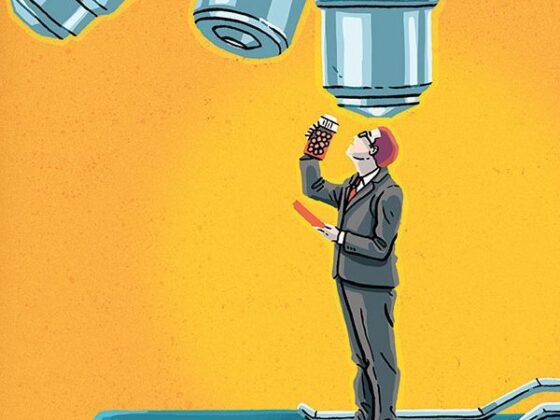In 2010, McAfee made headlines with the revelation that it was discovering a new specimen of malware every fifteen minutes. At the time, this was a remarkable statistic, signaling just how rapidly cyber threats were evolving. But fast forward just three years, and in 2013, that rate had skyrocketed—McAfee was discovering a new piece of malware every second.
This exponential growth in malware creation is not just a statistical curiosity; it’s a fundamental shift in the nature of cybersecurity challenges. The rapid proliferation of malware has turned the threat landscape into something far more dynamic, complex, and insidious. If the cyber world was once a game of cat-and-mouse, it’s now an all-out arms race between defenders and attackers, with the attackers growing faster, smarter, and more diverse with each passing second.
Understanding the Surge: What’s Behind the Explosion?
The sharp increase in malware specimens isn’t just a reflection of more sophisticated cybercriminals. Several key factors have contributed to this explosion:
- Automation of Cyber Attacks: Malware is no longer manually coded by hackers—many of today’s cybercriminals leverage automated tools and malware-as-a-service platforms, allowing even non-expert criminals to deploy malware at scale.
- The Rise of Ransomware: Ransomware, a particularly destructive form of malware, has become a significant driver of the surge. Attackers have found it to be a highly profitable method of extortion, leading to the creation of countless variants targeting various systems, organizations, and vulnerabilities.
- Increased Internet Connectivity: The internet of things (IoT), cloud computing, and the expansion of online services have created an ever-growing number of attack surfaces. As more devices and systems become interconnected, there are more opportunities for attackers to inject malicious code.
- The Democratization of Malware: With forums, underground markets, and readily available malware toolkits, the barrier to entry for aspiring cybercriminals has been lowered dramatically. This democratization means that anyone—regardless of their technical background—can now unleash new malware into the world with little effort.
The Consequences of an Ever-Growing Threat Landscape
As the rate of malware discovery continues to escalate, so does the difficulty of defending against it. Cybersecurity professionals are tasked not only with responding to the threats they can see but also with anticipating the next wave of attacks. The constant discovery of new malware puts immense pressure on security teams to identify, analyze, and neutralize threats faster than ever before.
This growth isn’t just a technical challenge—it’s a strategic one. Organizations can no longer afford to rely on reactive measures alone. Instead, cyber defense needs to be anticipatory and adaptive, using machine learning, behavioral analytics, and automated detection systems to keep up with the rapidly evolving threat landscape.
A Call to Action: Staying Ahead in the Arms Race
The fact that we’re now seeing one new piece of malware every second should be a wake-up call for everyone in cybersecurity. It’s no longer enough to deploy the latest firewall or antivirus solution and hope for the best. Defenders need to approach the problem as a continual race—one in which attackers are not only becoming more numerous but more innovative.
Here are a few critical strategies for staying ahead:
- Focus on Threat Intelligence: Organizations need to invest in robust threat intelligence platforms that can provide early warnings of emerging threats and malware families.
- Adopt Proactive Defense Techniques: Techniques like threat hunting, behavior-based detection, and continuous monitoring can help security teams detect malicious activity before it causes significant damage.
- Collaborate Across Industries: The sheer scale of the threat means that no single organization can go it alone. Information-sharing across industries and borders is crucial for staying ahead of attackers.
Conclusion: A Race We Can’t Afford to Lose
The malware arms race is real, and the growing sophistication of attackers means that cybersecurity will continue to be a dynamic, high-stakes challenge. The discovery of a new specimen every second is more than just a statistic—it’s a reminder that in the world of cyber threats, the only constant is change. Cybersecurity professionals must continue to adapt, innovate, and collaborate to stay one step ahead in a battle where the stakes are constantly rising.










